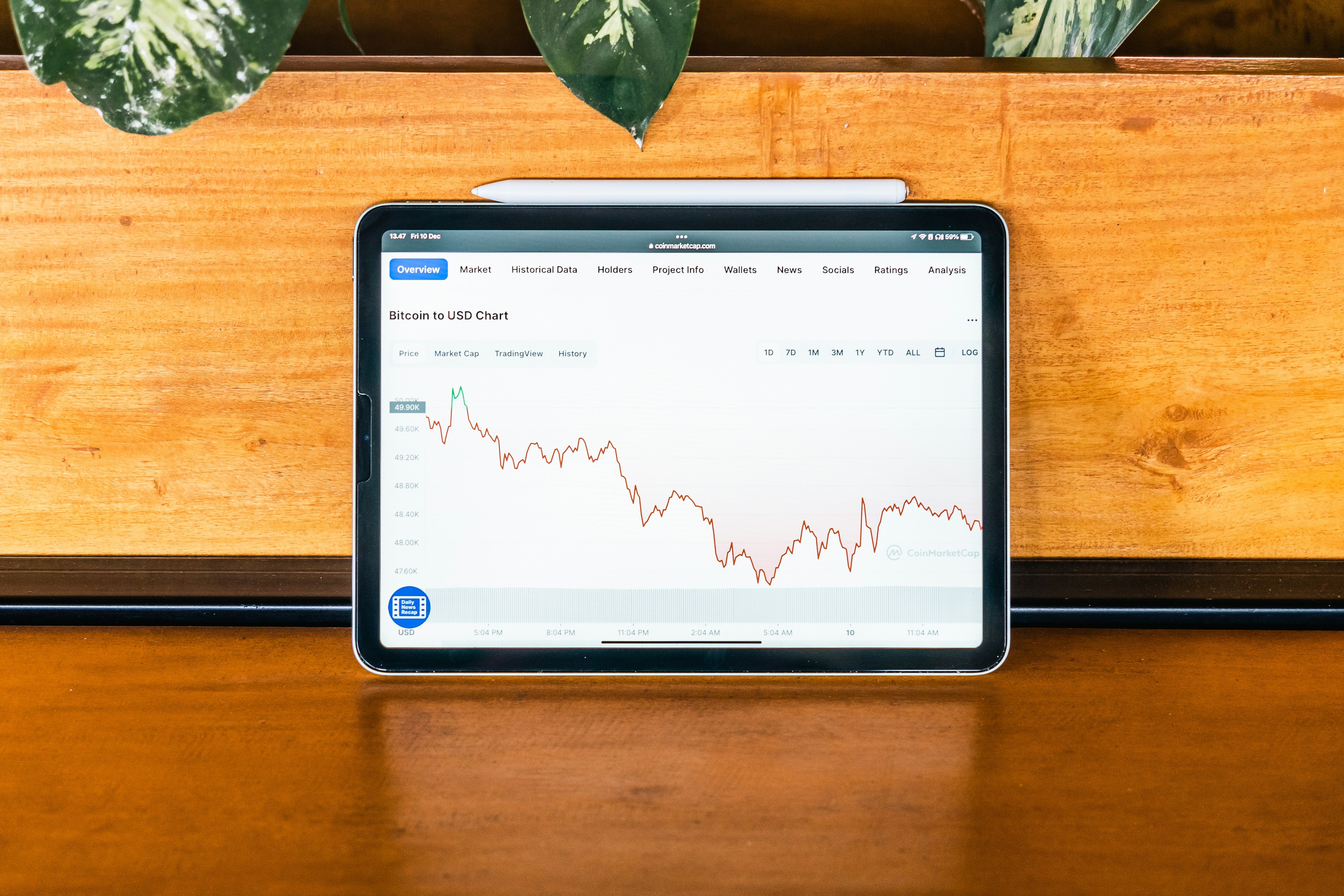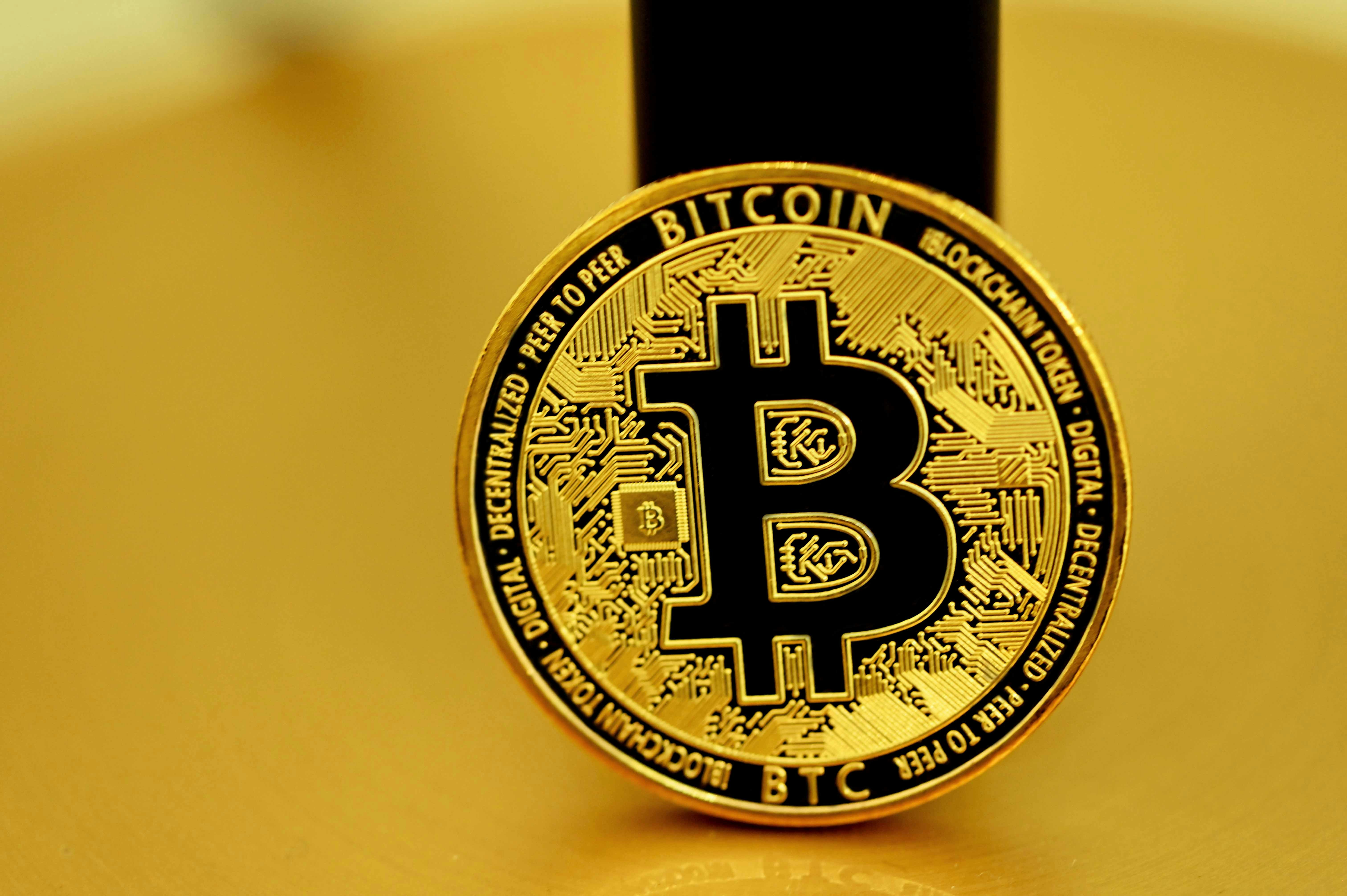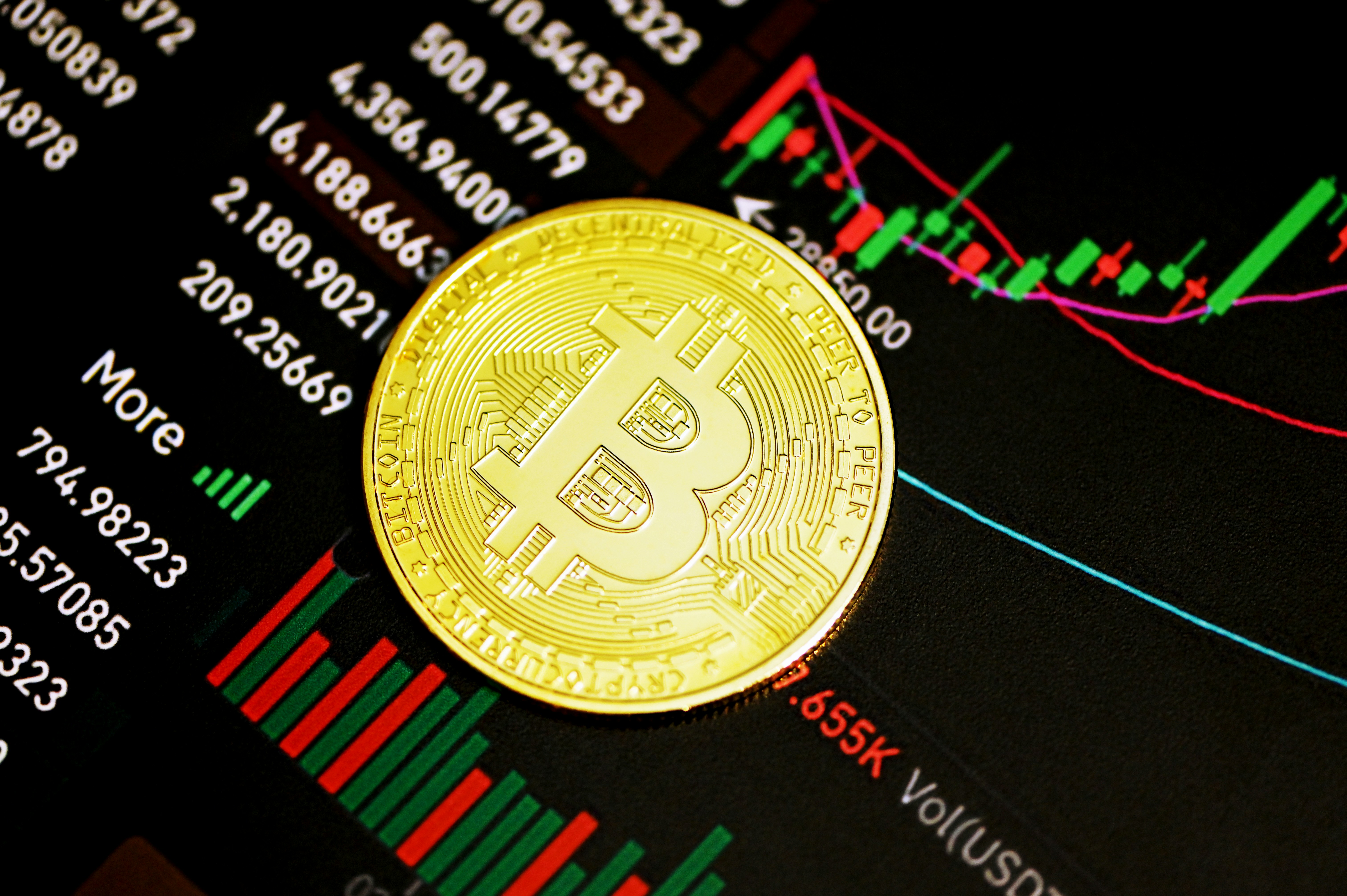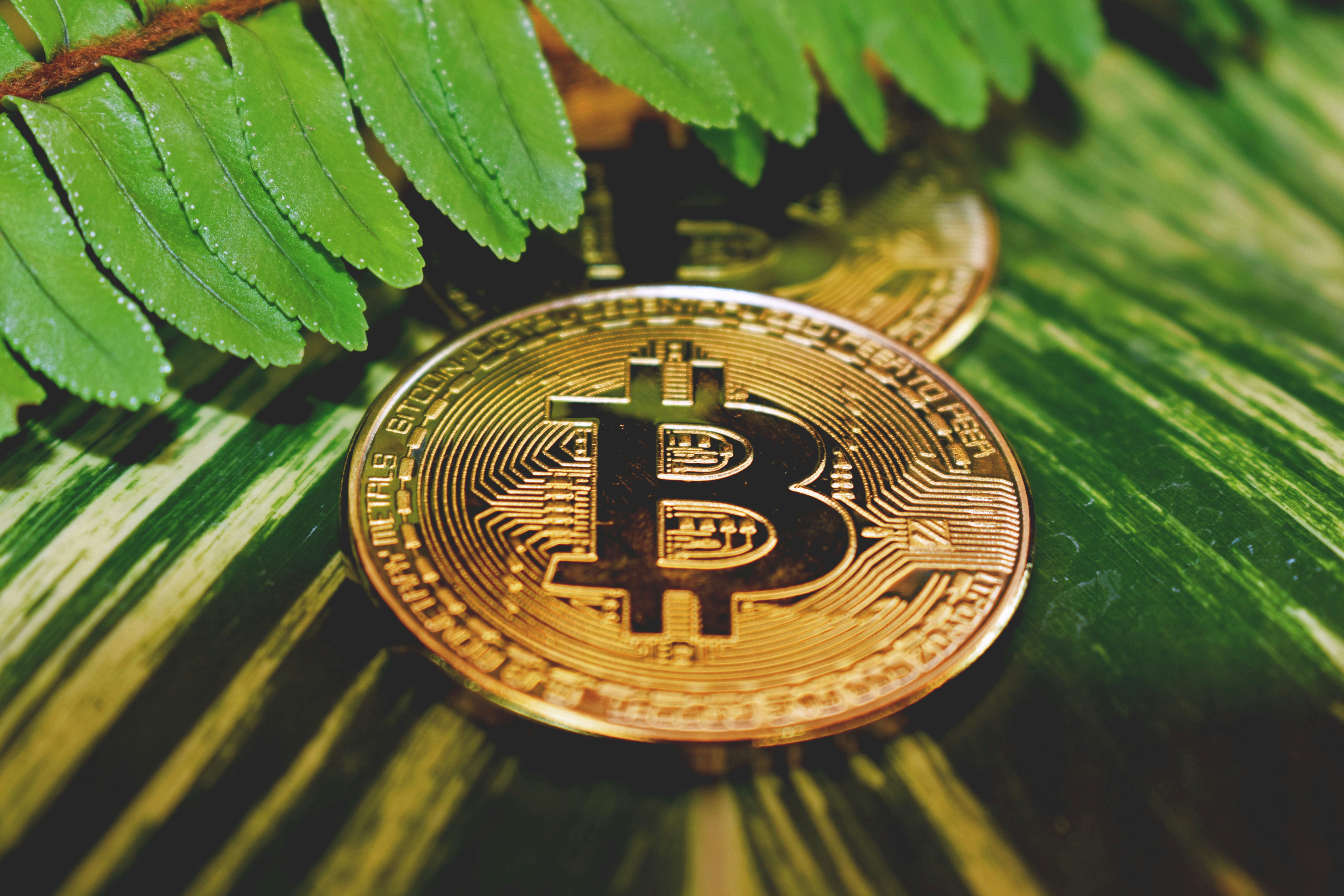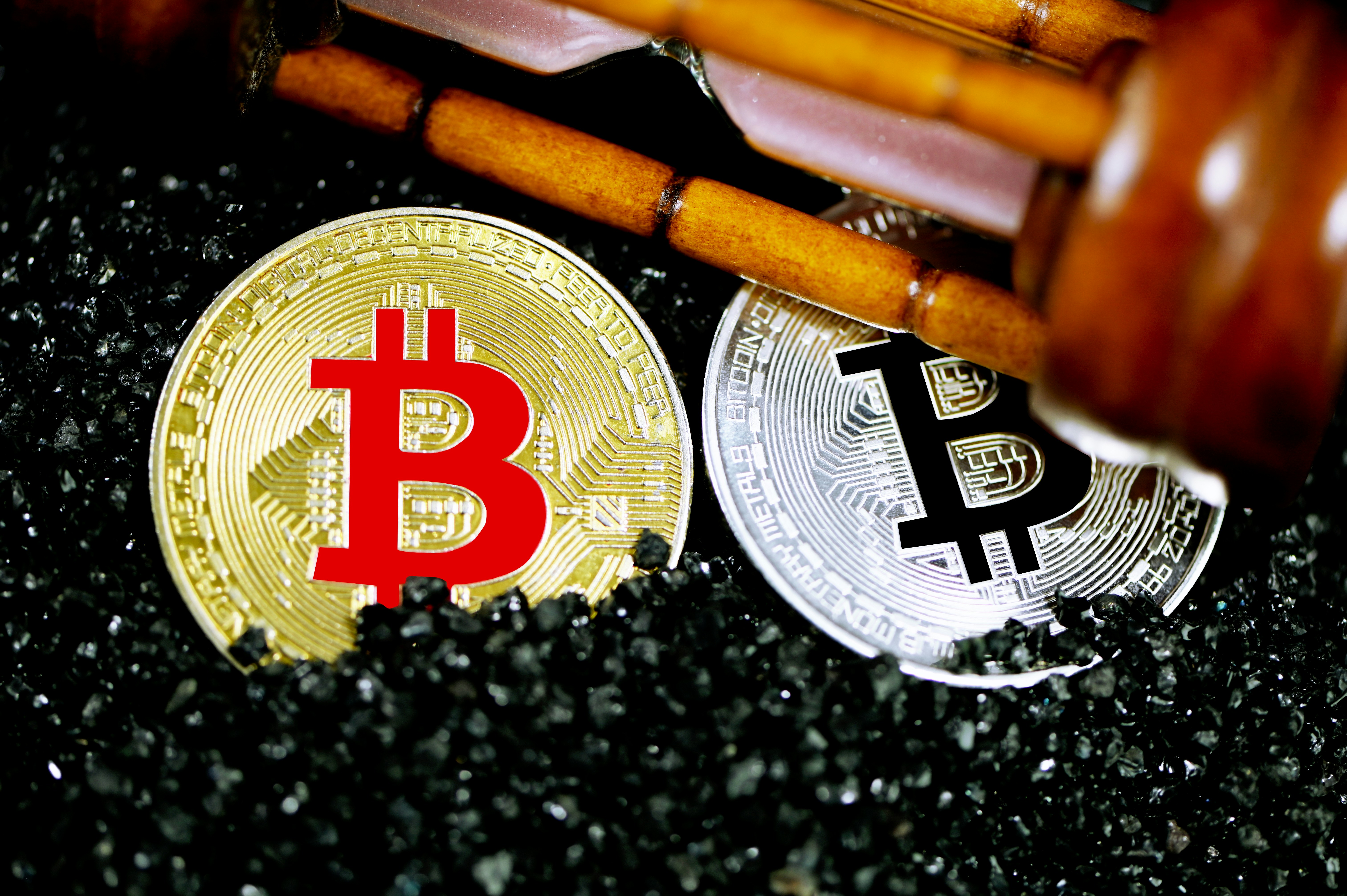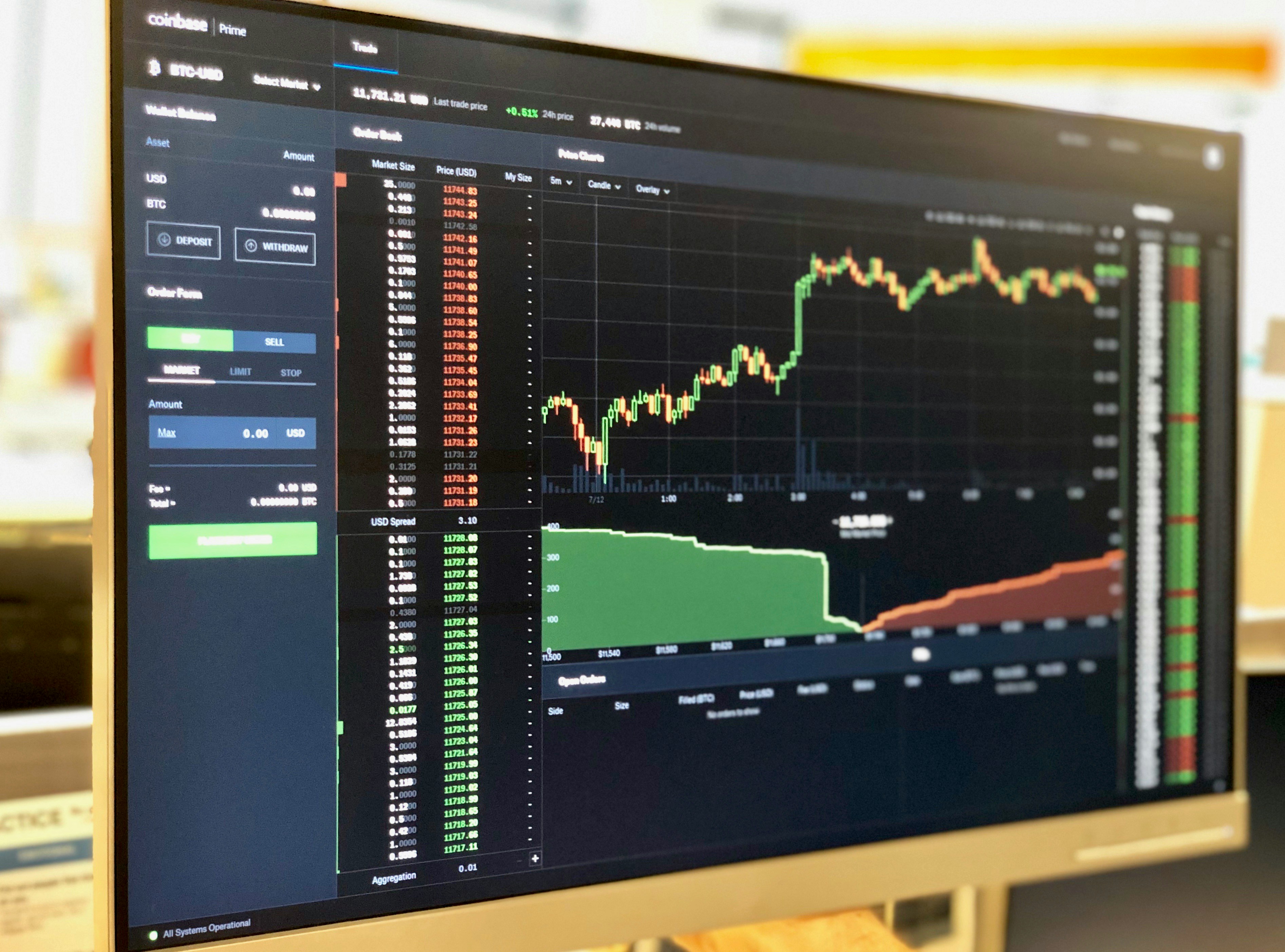
Introduction to Cryptocurrency Exchanges
The Safest Crypto Exchange in 2025: A Comprehensive Guide
Cryptocurrency exchanges serve as pivotal platforms where individuals can buy, sell, or trade various digital assets. They facilitate transactions by providing a marketplace for traders and investors, contributing significantly to the overall liquidity of cryptocurrencies. As the cryptocurrency ecosystem continues to expand, understanding the various types of exchanges is essential for individuals looking to navigate this dynamic environment effectively.
There are three primary types of cryptocurrency exchanges: centralized, decentralized, and peer-to-peer (P2P). Centralized exchanges, often regarded as the most common type, are operated by companies that act as intermediaries. These platforms typically offer a user-friendly interface, high liquidity, and a wide range of trading pairs. However, they also require users to trust the exchange to manage their funds, which can pose security risks. Therefore, identifying the safest crypto exchange in 2025 entails evaluating their security measures and regulatory compliance.
On the other hand, decentralized exchanges (DEXs) operate without a central authority, allowing users to trade directly with one another. DEXs rely on smart contracts to facilitate trades, promoting privacy and reducing the risk of hacking, as users retain control over their funds. However, they may lack the liquidity and range of services that centralized exchanges provide. Lastly, peer-to-peer exchanges enable individuals to buy and sell cryptocurrencies directly with one another, often without the involvement of intermediaries. These platforms can enhance security, but they also require users to exercise caution regarding counterparty risks.
With the rising popularity of cryptocurrencies, understanding the types of exchanges available is crucial. Each type has its strengths and weaknesses, especially concerning security aspects. By comprehending how these exchanges operate, individuals can better appreciate the importance of finding the safest crypto exchange in 2025.
The Importance of Security in Crypto Exchanges
As the cryptocurrency market continues to expand, the importance of security in crypto exchanges cannot be overstated. Digital assets have gained immense popularity, attracting both investors and malicious actors seeking to exploit vulnerabilities. Consequently, ensuring the safety of these platforms is critical for maintaining user trust and fostering a secure trading environment.
One of the primary risks associated with cryptocurrency exchanges is hacking. Numerous incidents have occurred where exchanges have fallen victim to cyberattacks, resulting in significant financial losses for traders. For example, high-profile breaches like the Mt. Gox incident in 2014 led to the theft of approximately 850,000 bitcoins, highlighting the potential consequences of inadequate security measures. As such, understanding the security protocols in place is essential for anyone looking to use these platforms, especially in the context of identifying the safest crypto exchange in 2025.
Fraud is another prominent risk in the cryptocurrency space. Unscrupulous actors often take advantage of novice traders by creating misleading websites or unauthorized exchanges. This fraud can lead to substantial financial losses, bolstering the need for robust security practices and user education. It is imperative for cryptocurrency exchanges to implement stringent verification processes to safeguard users from potential scams and ensure a reliable trading experience.
Regulatory scrutiny also plays a significant role in the security landscape of crypto exchanges. Various governments have been tightening regulations in an effort to protect investors and reduce instances of fraud and hacking. In this context, exchanges that prioritize security measures are likely to not only comply with regulations but also enhance their reputation among users. By adapting to regulatory demands, platforms can further establish themselves as the safest crypto exchange in 2025.
Cumulatively, these factors illustrate the critical need for security in cryptocurrency exchanges. As the industry evolves, ensuring that platforms remain resilient against threats will be key to their success and the safety of their users.
Criteria for Evaluating the Safety of Crypto Exchanges
When assessing the safety of a cryptocurrency exchange, several key criteria must be considered to ensure a secure trading environment. One of the primary factors is regulatory compliance. It is essential to choose an exchange that adheres to the legal and regulatory frameworks of the jurisdictions in which it operates. Regulatory bodies often implement measures that protect consumers, requiring exchanges to maintain certain standards that promote trustworthiness and reduce the risk of fraud.
Another critical criterion is the insurance coverage for digital assets held on the platform. An exchange that provides insurance coverage can offer an additional layer of security for users’ funds, safeguarding against potential losses from hacking or technical failures. It is advisable to investigate the specifics of the insurance policy, including the extent of the coverage and any exclusions that may apply.
Data security measures also play a vital role in evaluating the safety of a crypto exchange. Security protocols such as two-factor authentication (2FA), encryption, and cold storage of funds enhance the overall safety of the platform. Users should look for exchanges that routinely undergo security audits and penetration testing to identify and mitigate vulnerabilities.
The withdrawal processes established by the exchange are worth examining as well. Efficient, transparent procedures for withdrawing funds can prevent unnecessary delays or complications, contributing to the user’s peace of mind. Furthermore, reviewing user feedback is essential; it can provide insight into the overall experience of others, highlighting any issues related to safety and usability.
Lastly, company transparency is a crucial aspect to consider. An exchange should openly provide information regarding its operations, team, and business practices, which instills confidence and trust in its users. By evaluating these criteria—regulatory compliance, insurance, data security, withdrawal processes, user reviews, and transparency—individuals can better determine which exchange may be the safest crypto exchange in 2025.
Top Safest Crypto Exchanges to Consider in 2025
As the cryptocurrency landscape continues to evolve, the importance of security remains paramount for investors. In 2025, several exchanges have distinguished themselves as leaders in safety, combining robust security features, strong regulatory compliance, and exceptional reputations. Below is a curated list of some of the safest crypto exchanges to consider for secure trading.
First on the list is Coinbase, known for its strong commitment to security and regulatory adherence. Coinbase is registered with the U.S. Securities and Exchange Commission (SEC) and has a comprehensive insurance policy to protect customer assets. The platform employs advanced security protocols such as two-factor authentication (2FA) and biometric logins, making it a reliable choice for both new and seasoned users.
Another prominent player is Binance, which has worldwide recognition due to its extensive selection of cryptocurrencies and solid security measures. Binance has implemented an advanced Security Operation Center (SOC), which actively monitors all accounts for suspicious activities. Additionally, the exchange consistently conducts audits and maintains partnerships with security firms to enhance its safety infrastructure.
Kraken also earns a spot among the safest crypto exchanges in 2025. Renowned for its transparency and rigorous security practices, Kraken holds advanced security features, including encrypted data storage and withdrawal whitelist options. The exchange is fully compliant with various international regulations, assuring users of its credibility and safety.
Lastly, Gemini stands out with its emphasis on regulatory compliance and insured custodial services. Being a regulated institution in the U.S., Gemini has strong security measures in place, including cold storage options and a robust user verification protocol. This exchange has successfully prioritized security while maintaining a user-friendly interface, appealing to a broad user base.
By evaluating these exchanges and their safety features, users can make informed decisions on the safest crypto exchange in 2025. The evolving nature of security in the cryptocurrency space underscores the need for constant vigilance, making it crucial to select exchanges known for their reliability and protective measures.
Innovations and Technologies Enhancing Security
As the cryptocurrency landscape continues to evolve, the need for enhanced security measures within exchanges becomes ever more critical. Innovations in technology have facilitated the development of various tools and protocols aimed at protecting user assets and personal information. Among the most notable advancements are advanced encryption methods that provide robust data protection, ensuring that confidential information is rendered unreadable to unauthorized parties. These encryption techniques are pivotal in establishing trust in the safest crypto exchange in 2025.
Multi-signature wallets are another innovation transforming the security framework of crypto exchanges. By requiring multiple private keys for transactions, they significantly reduce the risk of unauthorized access. This added layer of security necessitates the consensus of multiple parties before any fund transfers can occur, effectively eliminating single points of failure. In 2025, these wallets will likely be a standard feature in the safest crypto exchanges, promoting an environment of shared responsibility and minimizing fraud risk.
Furthermore, the rise of biometric authentication encompasses cutting-edge technologies such as fingerprint scanning, facial recognition, and iris scanning to enhance security. These methods provide a more secure and user-friendly experience compared to traditional password systems, which can be compromised. As the safest crypto exchange in 2025 embraces biometric systems, traders can expect a seamless integration of security measures that align with their growing need for convenience and safety.
Moreover, the incorporation of Artificial Intelligence (AI) in fraud detection represents a significant breakthrough in maintaining security on exchanges. AI-driven algorithms can analyze transaction patterns and user behavior to promptly identify suspicious activities. This proactive approach enables exchanges to respond rapidly to potential threats, thereby fostering a safer trading environment. The commitment to harnessing these technological advancements reflects the evolving landscape of cryptocurrency security and reassures users regarding the viability and trustworthiness of the safest crypto exchange in 2025.
User Responsibility: Best Practices for Safe Trading
As the landscape of cryptocurrency continues to evolve, users must take proactive steps to enhance their trading safety on exchanges, especially as we approach 2025. One of the most crucial measures is enabling two-factor authentication (2FA). This additional layer of security requires not only a password but also a secondary verification method, such as a code sent to your mobile device. Implementing 2FA significantly reduces the likelihood of unauthorized access to your accounts on the safest crypto exchange in 2025.
Moreover, regular updates of passwords are essential for maintaining security. Users should create complex passwords that incorporate a mix of uppercase and lowercase letters, numbers, and symbols. Passwords should be changed frequently, and it is advisable to refrain from using the same password across multiple accounts. By employing unique and strong passwords, users can minimize the risk of their account being compromised.
Another key aspect of safe trading is being vigilant against phishing attempts. Cybercriminals often employ tactics such as fake emails, SMS, or websites to deceive users into providing sensitive information. Therefore, it is imperative to verify the authenticity of any communication and only access the safest crypto exchange in 2025 from official sources. Educating oneself about these risks and recognizing the signs of phishing is a fundamental practice in protecting one’s assets.
Lastly, proper asset storage plays a critical role in maintaining crypto security. Users should consider utilizing personal wallets for long-term storage, as these provide greater control over private keys compared to keeping assets on exchanges. Hardware wallets or secure software wallets are recommended to enhance safety measures. By following these best practices, users empower themselves to take charge of their own security, ensuring a safer trading experience in the dynamic world of cryptocurrency.
Regulatory Landscape and Its Impact on Exchange Security
The regulatory environment surrounding cryptocurrency exchanges has evolved significantly and continues to shape the industry’s future. As the sector grows, different countries adopt varying approaches to cryptocurrency regulation, leading to a fragmented landscape that can either enhance or undermine security measures in exchanges. Countries like the United States, the European Union, and Japan have implemented comprehensive frameworks aimed at consumer protection, anti-money laundering (AML), and combating the financing of terrorism (CFT). These regulations are crucial to establishing trust and reliability within the industry.
Compliance with regulatory standards is essential for cryptocurrency exchanges aspiring to be considered among the safest crypto exchanges in 2025. By adhering to local and international laws, these platforms can implement robust security protocols that protect user funds and personal data. Compliance not only fosters a sense of accountability but also encourages exchanges to adopt practices that enhance operational transparency and minimize risks related to hacking and fraud.
The future of cryptocurrency regulations is likely to influence the overall landscape of crypto exchanges significantly. As governments and regulatory bodies continue to fine-tune their policies, exchanges that proactively embrace forthcoming regulations may find themselves better positioned in a competitive market. Adapting to emerging regulatory standards can lead to improved security features, accountability in operations, and a reduction in illicit activities. Additionally, fostering partnerships with regulators can encourage innovation in security measures, ensuring that users have access to a safe trading environment.
Moreover, the growing trend of international cooperation among regulatory bodies is expected to create a more standardized approach to cryptocurrency regulation. This harmonization will likely reduce the risk of regulatory arbitrage, where exchanges might exploit less stringent regulations in certain jurisdictions. The net effect of these developments will be an increase in user confidence, positioning compliant exchanges as robust contenders in the realm of secure cryptocurrency trading.
Potential Risks and How to Avoid Them
As the landscape of cryptocurrency exchanges evolves, users must remain aware of the potential risks associated with these platforms. The safest crypto exchange in 2025 may still face challenges that could jeopardize users’ investments and personal information. Understanding these risks is crucial for anyone looking to engage with cryptocurrency exchanges.
One of the primary risks involves security breaches. Cyberattacks targeting exchanges can lead to significant financial loss and compromise personal data. To mitigate this risk, users should choose exchanges that prioritize security measures such as two-factor authentication (2FA), cold storage of assets, and regular security audits. By researching the security protocols of various exchanges, users can significantly reduce the likelihood of falling victim to such threats.
Another considerable risk is regulatory uncertainty. Cryptocurrencies and their exchanges operate in a rapidly changing legal landscape. Regulatory actions can affect trading capabilities, asset accessibility, and the overall viability of an exchange. To navigate these complexities, users should stay informed about the regulations affecting their preferred platforms and seek exchanges that demonstrate compliance with local laws.
Market volatility is also a notable risk when trading cryptocurrencies. Prices may swing dramatically in short periods, leading to potential losses. Engaging in thorough market analysis and understanding the trading environment can help users make informed decisions. Furthermore, utilizing risk management strategies such as stop-loss orders can provide additional safeguards against price fluctuations.
Lastly, the risk of phishing attacks and scams is prevalent in the cryptocurrency space. Users must be vigilant and practice good online habits, such as verifying the authenticity of communications from exchanges and avoiding suspicious links. By educating themselves about common scams and recognizing red flags, users can better protect their investments.
In conclusion, while the safest crypto exchange in 2025 will strive to provide a secure trading environment, users must remain proactive in addressing potential risks. By understanding these dangers and adopting strategies to avoid them, individuals can navigate the world of cryptocurrency exchanges more effectively.
Conclusion: Finding the Right Exchange for You
As the landscape of cryptocurrency continues to evolve, choosing the safest crypto exchange in 2025 becomes paramount for traders and investors. Throughout this guide, we have highlighted several key aspects that contribute to the safety and security of these platforms. The fundamental principle remains: ensuring the protection of your assets should be your top priority, especially in a market characterized by volatility and potential security threats.
One of the crucial factors to consider when selecting an exchange is the platform’s security measures. This includes analyzing two-factor authentication, encryption protocols, and the extent of insurance coverage for assets held on the exchange. A strong security framework can significantly reduce the risk of hacking and fraud, giving users peace of mind. Moreover, examining the exchange’s history regarding security breaches can offer valuable insights into its reliability and trustworthiness.
Another important consideration is regulatory compliance. The safest crypto exchanges in 2025 will likely be those that adhere to local laws and regulations, ensuring that they operate fairly and transparently. Investigating whether an exchange is licensed and regulated can help mitigate risks associated with untrustworthy platforms. Furthermore, it is advisable to assess the exchange’s customer support services, as prompt issue resolution and assistance are critical during trading activities.
Lastly, personal risk tolerance and trading goals should play a significant role in your decision-making process. Whether you are a seasoned trader or a novice investor, identifying an exchange that aligns with your strategy is essential. Taking the time to evaluate all these factors will help you find the most suitable crypto exchange for your needs, allowing you to engage in the market securely and confidently.





